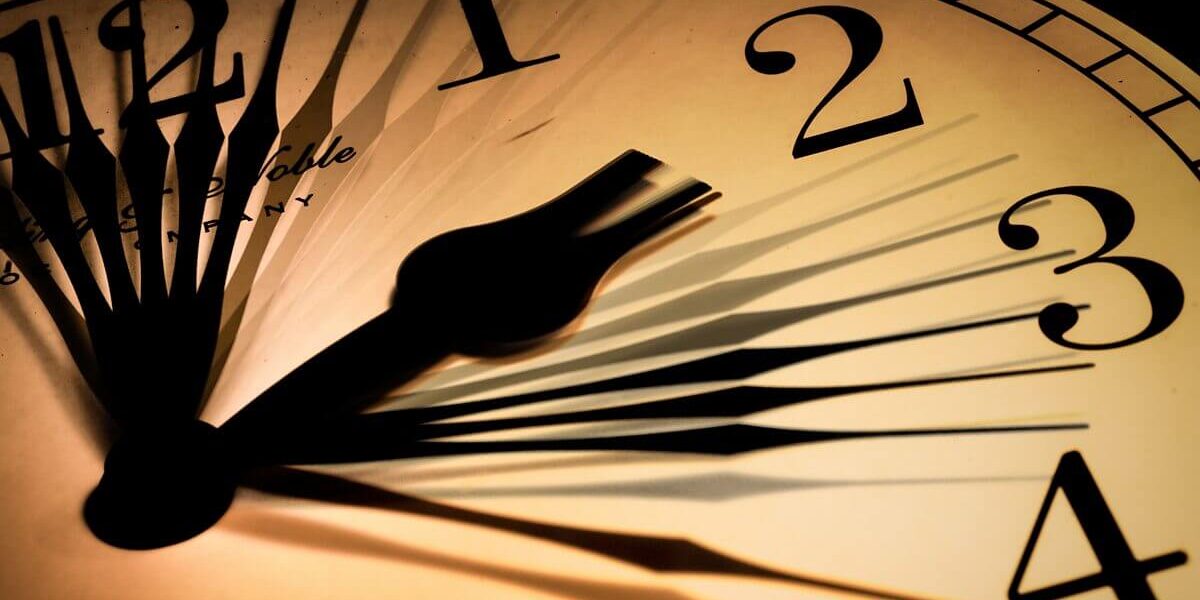Tachysensia, sometimes referred to as the “Alice in Wonderland syndrome,” is an infrequent neurological disorder wherein sufferers perceive enormous distortions in perceiving time, space, and movement. Victims often report seeing objects move at either a faster or slower speed than in reality, or even that time seems to pass at too slow or too fast a pace. Though the disease is little known, it is fascinating from a medical and psychological aspect.
What is Tachysensia?
Tachysensia is a sensory disorder where individuals feel as though time, movement, or their surroundings are not functioning at their usual pace. It is a form of altered perception that primarily affects one’s understanding of the passage of time, speed of movement, or spatial relationships. People experiencing tachysensia often feel that time is moving either extremely fast or agonizingly slow, which can be disorienting.
Though the phenomenon is often temporary, its effects can be unsettling and confusing for those who experience it.
Origin of the Term
The term “tachysensia” comes from two Greek words: “tachy,” meaning fast, and “sensis,” meaning perception. It literally translates to “fast perception,” though people with tachysensia may experience both fast and slow perceptions of time.
Common Symptoms of Tachysensia
While tachysensia can manifest in a variety of ways, some common symptoms include:
- Time Distortion: The individual feels that time is either speeding up or slowing down. Minutes can seem like seconds or vice versa.
- Movement Perception: Objects, people, or even the individual’s own body may appear to be moving at unusual speeds, either excessively fast or slow.
- Auditory Distortion: In some cases, sounds may seem abnormally fast, slow, or distant.
- Spatial Distortion: The person might perceive objects as much closer or farther away than they actually are.
Associated Conditions
Tachysensia is often associated with migraines, epilepsy, and certain forms of mental stress or fatigue. Some medical experts suggest that it may be linked to disturbances in the brain’s temporal lobe, which is responsible for processing sensory input and interpreting it as meaningful information.
Causes of Tachysensia
While the exact cause of tachysensia is still under research, several potential factors are believed to play a role in triggering this phenomenon:
1. Migraines
One of the most common conditions linked with tachysensia is migraines. People who suffer from severe migraines sometimes report altered perceptions of time and space during or immediately before a migraine episode. These sensory distortions are likely due to the neurological disruptions that migraines cause in the brain.
2. Sleep Disorders
Insufficient or disrupted sleep can lead to a variety of cognitive issues, including tachysensia. Lack of sleep or irregular sleep patterns can impair the brain’s ability to process sensory information accurately, leading to temporary disorientations in time perception.
3. Anxiety and Stress
Mental health issues, particularly those related to stress and anxiety, have been associated with altered time perception. During periods of high anxiety, people may experience tachysensia, feeling like everything around them is happening too quickly or too slowly.
4. Neurological Issues
Conditions like epilepsy and temporal lobe epilepsy are also thought to be contributors. Seizures or disturbances in the brain’s temporal lobe, which is crucial for processing sensory information, could cause episodes of tachysensia.
Diagnosis and Treatment of Tachysensia
Since tachysensia is still a relatively understudied phenomenon, diagnosing the condition can be difficult. Typically, diagnosis involves excluding other potential causes, such as visual disturbances, neurological disorders, or mental health conditions.
Diagnostic Approaches
- Neurological Examination: Doctors often conduct thorough neurological tests to rule out other brain-related conditions such as seizures or migraines.
- Imaging Tests: MRI or CT scans can be used to look for abnormalities in the brain, especially in the temporal lobe.
- Psychological Evaluation: Since anxiety and stress are contributing factors, doctors may assess a patient’s mental health as part of the diagnostic process.
Treatment Options
There is currently no specific treatment for tachysensia, but various strategies can help manage the symptoms:
- Migraine Medications: For those whose tachysensia is linked to migraines, treating the underlying migraine condition can help alleviate the symptoms.
- Stress Management: Techniques such as mindfulness, meditation, and therapy can help reduce stress and anxiety, which in turn may reduce episodes of tachysensia.
- Sleep Regulation: Maintaining a consistent and healthy sleep routine can minimize the occurrence of sleep-related tachysensia.
- Cognitive Behavioral Therapy (CBT): In some cases, cognitive behavioral therapy may be used to help individuals manage their altered perception of time and reduce the stress or anxiety that comes with it.
Living with Tachysensia
While tachysensia can be a distressing experience, most people only experience it for short periods. It is important to note that the condition is generally not life-threatening, although it can affect one’s quality of life. For individuals who experience frequent episodes, it may help to consult with a neurologist or mental health professional to explore potential triggers and coping strategies.
Coping Strategies
- Mindfulness Practices: Mindfulness exercises, such as deep breathing or grounding techniques, can help people stay calm during episodes of tachysensia.
- Keep a Journal: Tracking when and how episodes occur may help identify potential triggers, allowing individuals to avoid or better manage situations that lead to tachysensia.
- Support Networks: Talking to others who have experienced similar symptoms can provide emotional support and coping tips.




